1. Immortal Jellyfish: Nature’s Forever Youth

Meet Turritopsis dohrnii, also known as the immortal jellyfish, a creature that cheats death like it’s a hobby. Instead of dying, it can reverse its aging process by transforming back into its juvenile form—essentially hitting the reset button on life. Found in oceans worldwide, this jellyfish can technically live forever under the right conditions, as long as it avoids predators or unfortunate accidents. It’s nature’s version of the ultimate anti-aging cream!
While immortality sounds cool, don’t expect these jellyfish to celebrate their endless birthdays. Their existence is all about survival, not partying. Still, it’s hard not to be jealous of their eternal youthfulness while we’re stuck buying wrinkle cream.
2. Ocean Quahog: The 500-Year-Old Clam
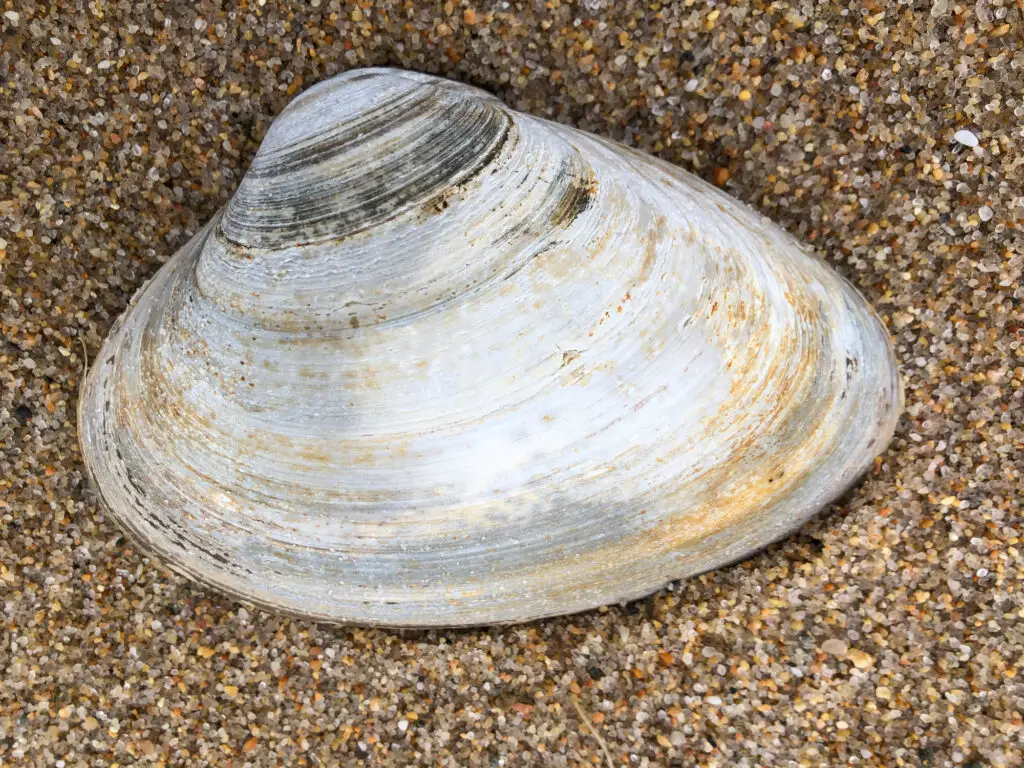
The ocean quahog, a type of deep-sea clam, takes the phrase “slow and steady” to the extreme. These unassuming bivalves can live for over 500 years, with the oldest recorded clam, nicknamed Ming, clocking in at 507 years before scientists accidentally killed it during research (oops). Found in the North Atlantic, these clams grow incredibly slowly, which is key to their impressive lifespan.
Their secret to longevity? A low metabolism and minimal movement—basically the clam version of binge-watching Netflix. While they won’t win any races, ocean quahogs prove that sometimes the key to life is just chilling out… for centuries.
3. Greenland Shark: The Arctic’s 400-Year-Old Ghost
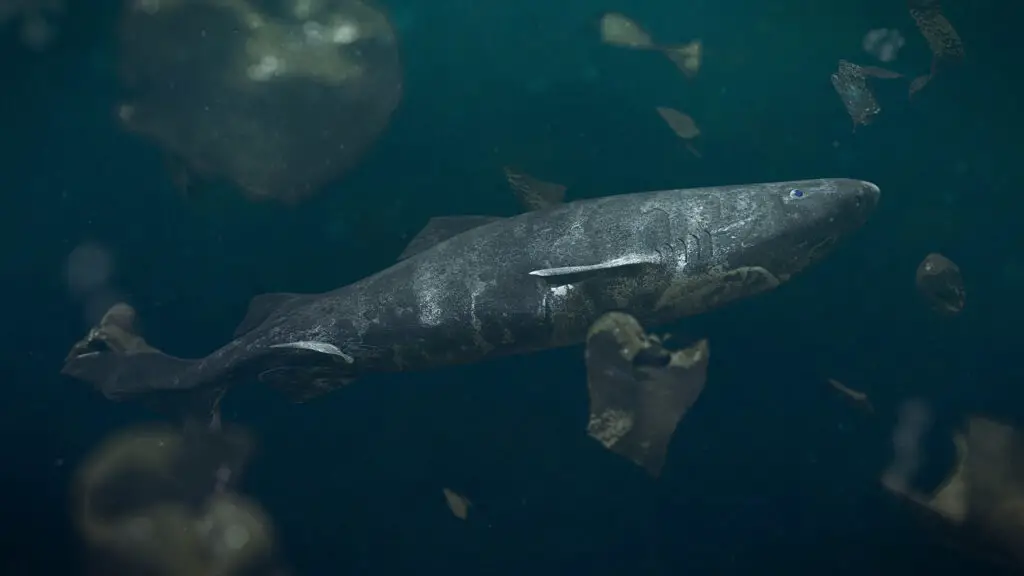
The Greenland shark is a mysterious deep-sea predator that can live up to 400 years, making it the longest-living vertebrate on Earth. Found in the icy waters of the Arctic and North Atlantic, these slow-moving giants grow just one centimeter a year, reaching massive sizes over centuries. Scientists have even discovered Greenland sharks born before Shakespeare wrote his first play!
Despite their impressive lifespan, they’re not exactly party animals. Their sluggish metabolism and frigid habitat keep them moving at a glacial pace. Still, they remind us that slow and steady doesn’t just win the race—it dominates the timeline.
4. Red Sea Urchin: A Prickly Long-Liver
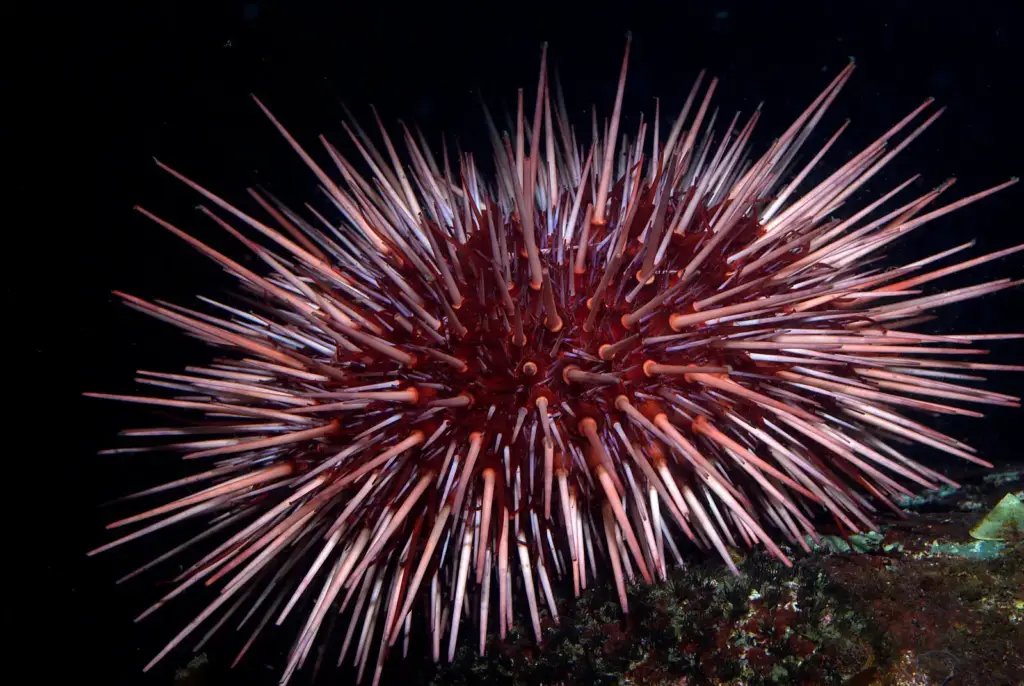
Red sea urchins, found along the Pacific coast of North America, can live over 200 years. These spiky marine creatures crawl along the ocean floor, feeding on algae and contributing to underwater ecosystems. Their long lives are attributed to their ability to repair damaged DNA and avoid age-related cellular deterioration.
Despite their slow pace, red sea urchins play a vital role in maintaining kelp forests. Their secret weapon against aging is a low-key lifestyle that focuses on steady grazing and avoiding predators. With their bright red shells and incredible resilience, they’re the spiky grandmasters of the ocean.
5. Bowhead Whale: The Centuries-Old Songstress
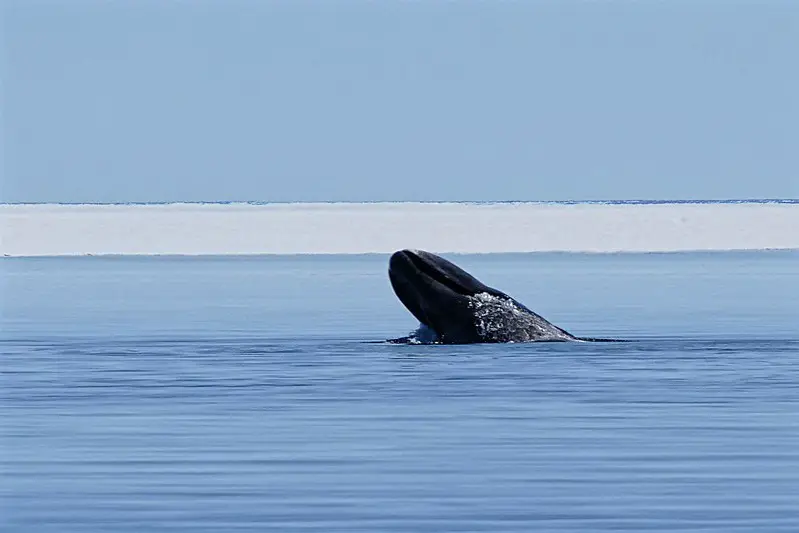
Bowhead whales, found in Arctic waters, can live over 200 years, making them one of the longest-living mammals. These gentle giants have thick blubber to survive freezing temperatures, and their slow aging process keeps them thriving for centuries. Researchers have even found 19th-century harpoon tips embedded in living bowhead whales, proving their incredible longevity.
Why do we love them? Bowhead whales sing complex songs to communicate, making them the crooners of the sea. While we humans are figuring out how to age gracefully, bowheads seem to have mastered the art of surviving and serenading.
6. Orange Roughy: The 200-Year-Old Deep-Sea Recluse
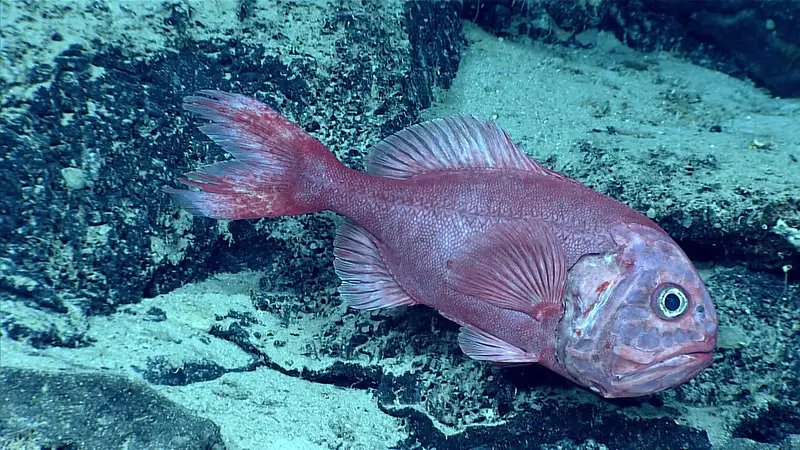
The orange roughy, a deep-sea fish found in oceans worldwide, can live up to 200 years. With their slow growth and delayed maturity (they don’t start breeding until around 30 years old), these fish are the ultimate late bloomers. They live in depths of up to 6,500 feet, far from the hustle of shallow waters.
While their longevity is impressive, overfishing has made them a vulnerable species. The orange roughy’s quiet life in the deep might hold clues for humans seeking longevity—after all, staying far from drama seems to work wonders for these ancient swimmers.
7. Koi Fish: The Colorful Centenarians
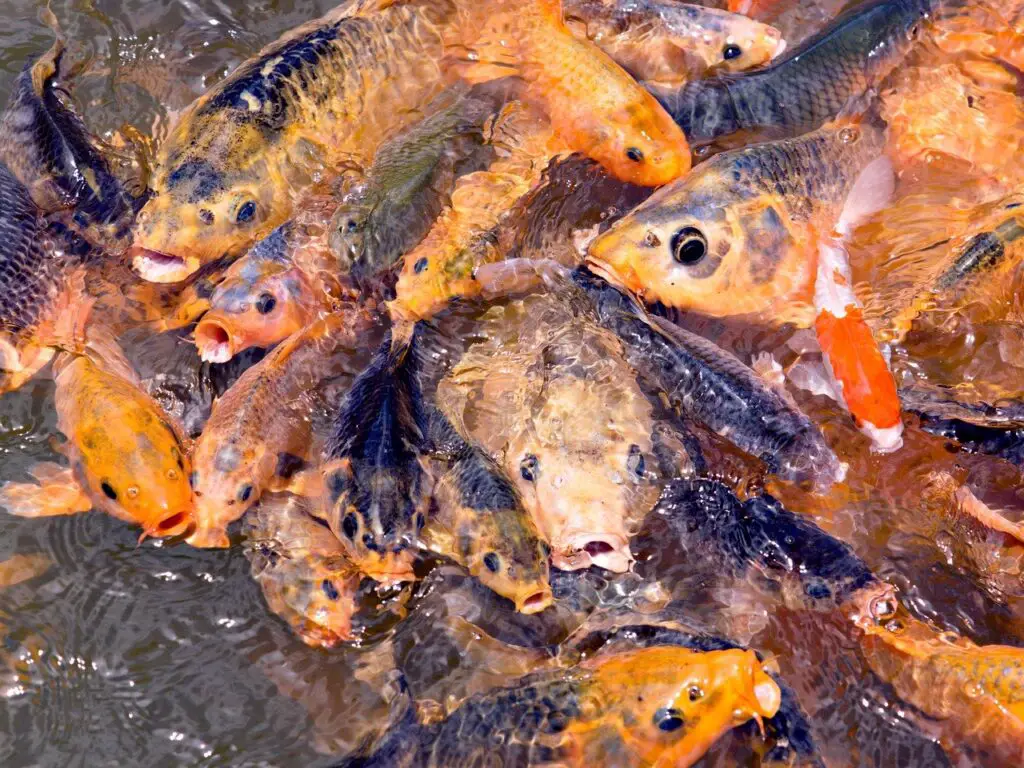
Koi fish aren’t just pond decor—they’re living legends of longevity. While most koi live 20-30 years, some can exceed 200 years under perfect conditions. The oldest recorded koi, Hanako, lived an astonishing 226 years in Japan. Their vibrant colors and tranquil swimming make them symbols of peace and prosperity.
Their long lives are attributed to good care, clean water, and an unhurried existence. Koi fish are like the wise elders of the aquatic world, floating serenely while we humans race around stressing over deadlines. Clearly, koi know how to keep calm and carry on—for centuries.
8. Aldabra Giant Tortoise: The Island Longevity Experts
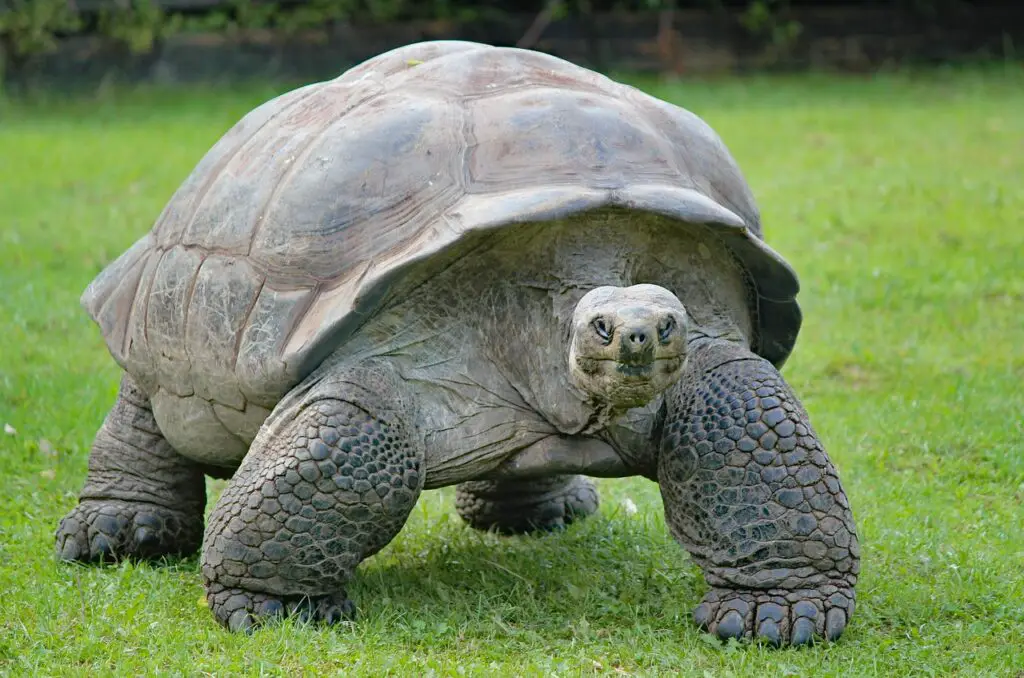
Aldabra giant tortoises, native to the Seychelles, are masters of taking it slow—literally. These land giants can live over 150 years, with one tortoise, Adwaita, living to a staggering 255 years. Their secret? A laid-back lifestyle filled with slow strolls, long naps, and lots of greens.
Their sturdy shells and minimal stress levels contribute to their longevity, proving that sometimes the key to a long life is simply avoiding the hustle. If humans could adopt the tortoise mindset—less stress, more naps—maybe we’d make it to their record-breaking ages too.
9. Geoduck: The Long-Lived Clam with a Funny Name
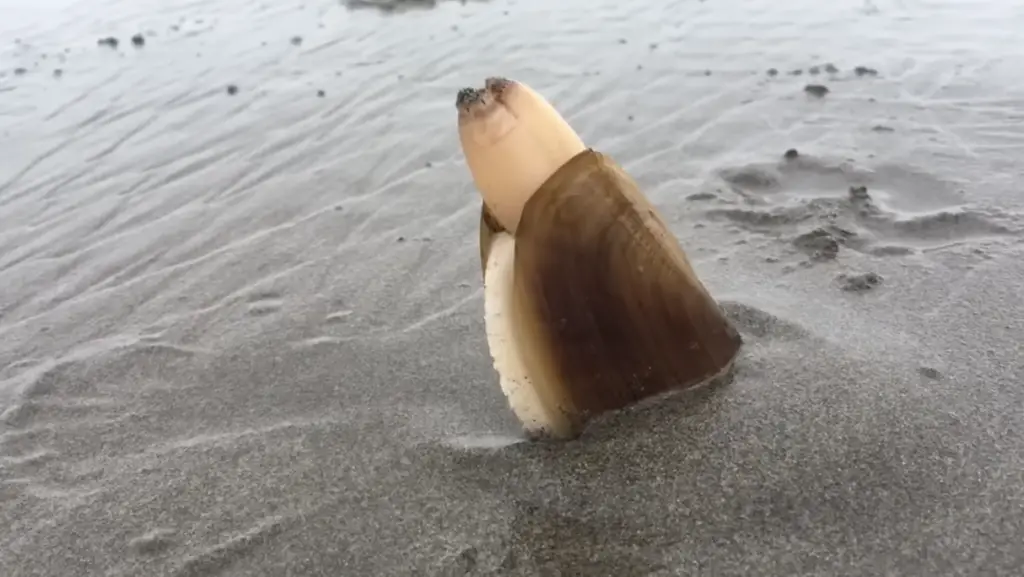
The geoduck (pronounced “gooey-duck”) is a bizarre-looking clam that can live for more than 150 years. Native to the Pacific Northwest, this giant clam spends its long life buried in sand with its siphon protruding to filter water for nutrients. Despite their odd appearance, geoducks are considered a delicacy and are prized in culinary circles for their sweet, tender meat.
Their secret to longevity lies in their low metabolism and peaceful lifestyle—basically, they just hang out and filter-feed without a care in the world. The geoduck’s longevity and strange appearance make it a testament to nature’s ability to surprise and delight.
10. Green Sea Turtle: The Ocean’s Gentle Grandparent
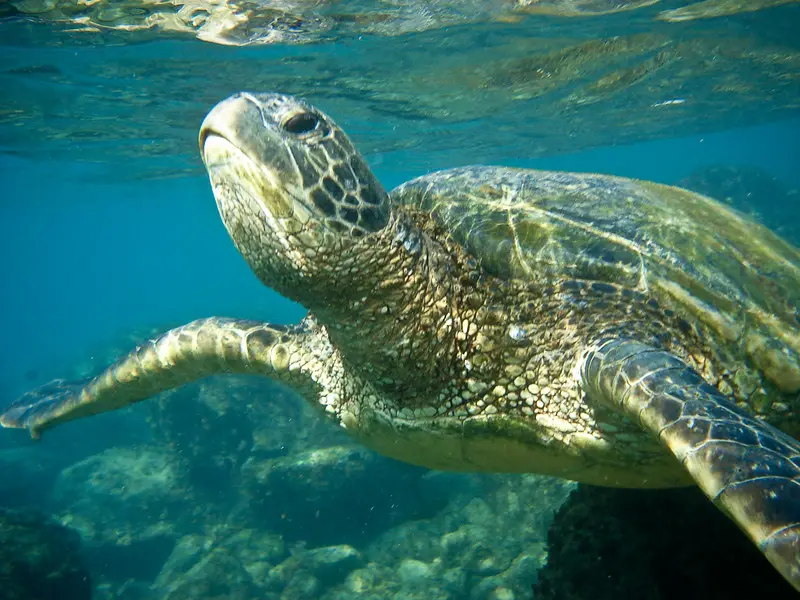
Green sea turtles are graceful marine reptiles that can live up to 80 years in the wild, with some reaching 100 years or more. These ancient creatures have been swimming in Earth’s oceans for over 200 million years, surviving major extinction events. Found in tropical and subtropical waters, they play a crucial role in maintaining healthy seagrass beds and coral reefs.
Their longevity comes from their slow metabolism and their ability to adapt to environmental changes. Green sea turtles remind us of the ocean’s enduring beauty and resilience, gracefully gliding through life with a wisdom only the ancient can possess.
11. Humans: The Self-Care Specialists (Kind Of)

Humans rank surprisingly high on the longevity list, with an average lifespan of around 73 years globally. But with advancements in healthcare and self-care, centenarians (those who live to 100) are becoming more common. The oldest verified human, Jeanne Calment, lived to 122 years and credited her long life to chocolate and olive oil.
Why do we love being human? We’ve invented ways to extend our lifespans, but we’re still figuring out how to live stress-free. While we might not live as long as immortal jellyfish, our ability to laugh, love, and binge-watch Netflix makes every year worthwhile.
12. Wandering Albatross: The Lifelong Traveler

The wandering albatross is one of the longest-living birds, with a lifespan of up to 60 years. Known for their massive wingspan of up to 12 feet, these birds spend most of their lives soaring over open oceans, covering thousands of miles in a single journey. They only return to land to breed and raise their chicks.
Their long life is a testament to their efficiency in flight and their minimal contact with predators. Albatrosses are like the nomads of the skies, living a life of freedom and endurance. Their unending wanderlust and graceful flight make them both fascinating and inspiring.
13. Macaws: Feathered Friends with Centuries of Stories
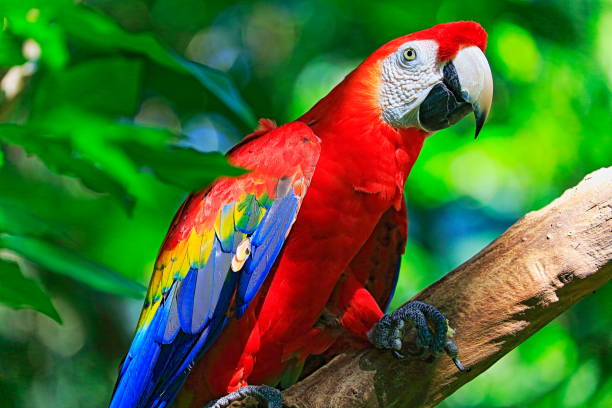
Macaws are not only stunningly beautiful with their vibrant plumage, but they also boast lifespans of up to 100 years in captivity. Found in Central and South America, these intelligent birds form lifelong bonds with their mates and are known for their ability to mimic speech. Their long life means they’re like flying historians, passing down decades of memories.
The secret to their longevity lies in their diet of nuts, fruits, and seeds, plus their high intelligence, which keeps them mentally active. Macaws remind us that staying sharp and eating well might just be the key to living a long, colorful life.
14. European Eel: The Slippery Time Traveler
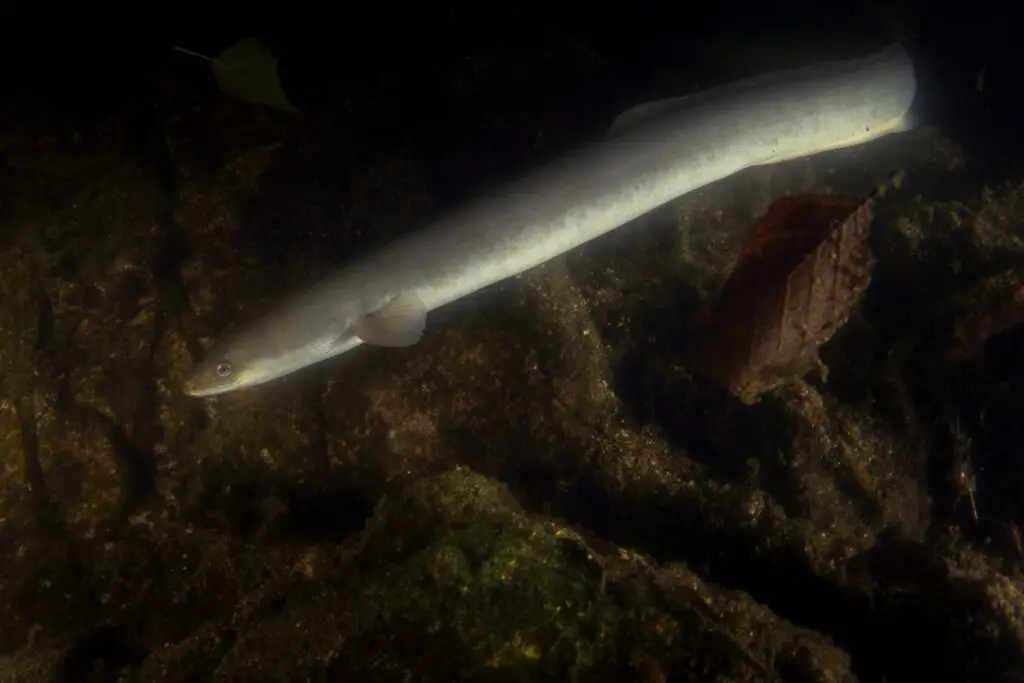
European eels might not look extraordinary, but they can live up to 85 years, spending decades migrating between freshwater rivers and the Atlantic Ocean’s Sargasso Sea. They’re born as larvae in the ocean, travel thousands of miles to European rivers, and eventually return to the sea to breed and die.
Their incredible lifecycle, which spans continents and decades, makes them some of the most tenacious creatures on the planet. Despite their odd appearance, European eels prove that persistence and adaptability can lead to a long, fascinating life—even if it’s a bit slimy.


